By knowing and understanding the environmental risks on your sites, you can navigate the trials that lie ahead and ensure your sites remain operational.
Bryan Cherry, Environmental Risk Survey Manager, offers six simple steps to identify your environmental risks and ensure your sites remain safe and compliant, whatever this winter has in store.

Check your separators
Separators are essential for avoiding pollution. If left unchecked, they can become blocked and their filters saturated, creating a flooding risk or causing polluted water to contaminate the local environment. Ignoring the state of your separators could result in hefty fines and prosecution. Environment Agency and EN standard EN858-2 states that separators should be serviced at least twice a year. Just before winter is a good time to do this as dust caused by long dry spells in the summer build up and turn into silt when it rains which can quickly block separators.
Tanks and pipes
If you store fuel on your site, the colder months can bring an increased demand and risk, with tanks and pipes liable to being damaged by freezing temperatures. A common problem for tanks as the temperature drops is burst pipework, so steps should be taken to protect them against corrosion and physical damage.
With lockdown, followed by summer, heating systems are likely to have been switched off for an extended period this year. The system should be checked before switching it back on to ensure the integrity of the tanks and pipes to avoid the risk of oil spills.
Drainage
Ensure all drainage on your sites is running clear and free. Autumn is a good time to do this with the leaves dropping. If your gully pots become blocked with a build-up of leaves and debris a high level of water can mean they become overwhelmed. Engage a specialist to check the drainage on your sites. If the worst does happen and a flood does occur, having an emergency response contract can save you time and hassle arranging for the water to be pumped out getting you back up and running quickly and safely.
Bunds
Checking the integrity of your bunds is imperative at the start of winter. The changes in temperature from hot to cold can cause the lining to crack which can cause hazardous materials to be released into the environment leading to downtime and potential environmental fines.
Checking the pump or valve drains on your bunds is also a good idea as there is a greater risk of flooding in the winter. A specialist can check all the bunds across your sites and offer remediation work to make them safe and compliant before the winter comes.
Rainwater harvester
A lot of sites, particularly those that are unmanned, are investing in rainwater harvesting for systems such as toilet flushing and non-drinking water hand washing basins. Like any asset, these require maintenance to ensure they remain operational. Before the winter it is good to check their shut off valve is engaged so heavy rainfall doesn’t overwhelm them and they are protected from frost.
Environmental risk audit
This has been an unprecedented year so far and we are expecting the winter to bring about additional challenges. Don’t let something that could have been easily avoided cause any more downtime to your site’s operations. We can audit all your sites now and identify all your risks meaning you can proactively manage these throughout the winter, whatever that may look like.

